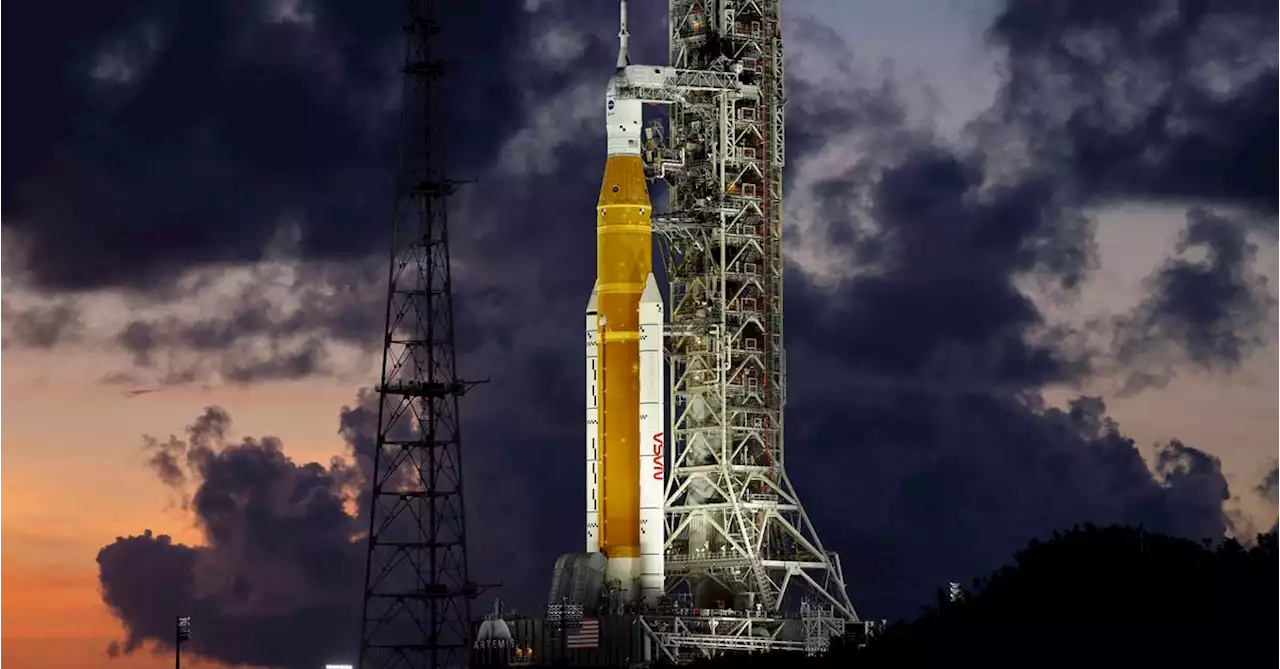NASA's Voyagers have spent 45 years in space -
NASA’s twin Voyager probes have become, in some ways, time capsules of their era: They each carry an eight-track tape player for recording data, they have about 3 million times less memory than modern cellphones, and they transmit data about 38,000 times slower than a 5G internet connection.
NASA’s Solar System Interactive lets users see where the Voyagers are right now relative to the planets, the Sun, and other spacecraft. View it yourself here. Credit: NASA/JPL-Caltech 45 Years of Voyager I and II Launched in 1977, NASA’s twin Voyager spacecraft inspired the world with pioneering visits to Jupiter, Saturn, Uranus, and Neptune. Their journey continues 45 years later as both probes explore interstellar space, the region outside the protective heliosphere created by our Sun. Researchers – some younger than the spacecraft – are now using Voyager data to solve mysteries of our solar system and beyond.
Credit: NASA/JPL Full Image Details This approximate natural-color image from NASA's Voyager 2 shows Saturn, its rings, and four of its icy satellites. Three satellites Tethys, Dione, and Rhea are visible against the darkness of space. Credit: NASA/JPL/USGS Full Image Details Neptune’s green-blue atmosphere was shown in greater detail than ever before in this image from NASA’s Voyager 2 as the spacecraft rapidly approached its encounter with the giant planet in August 1989.
Credit: NASA/JPL-Caltech Full Image Details This graphic highlights some of the Voyager mission’s key accomplishments. Credit: NASA/JPL-Caltech This graphic provides some of the mission’s key statistics from 2018, when NASA’s Voyager 2 probe exited the heliosphere. Credit: NASA/JPL-Caltech Full image detailsVoyager 2 launched on Aug. 20, 1977, quickly followed by Voyager 1 on Sept. 5. Both probes traveled to Jupiter and Saturn, with Voyager 1 moving faster and reaching them first.
Credit: NASA/JPL-Caltech “Today, as both Voyagers explore interstellar space, they are providing humanity with observations of uncharted territory,” said Linda Spilker, Voyager’s deputy project scientist at JPL.
United States Latest News, United States Headlines
Similar News:You can also read news stories similar to this one that we have collected from other news sources.
 In Photos: The Most Jaw-Dropping Rocket Launch Since 1973 Is Now Just 12 Days Away As NASA Reveals New ‘Mega Moon Rocket’In preparation for the planned August 29 launch of the Artemis-1 mission to the Moon the launch vehicle was gradually moved to launch pad 39B at NASA Kennedy Space Center in Florida by NASA’s famous old Crawler-transporter 2.
In Photos: The Most Jaw-Dropping Rocket Launch Since 1973 Is Now Just 12 Days Away As NASA Reveals New ‘Mega Moon Rocket’In preparation for the planned August 29 launch of the Artemis-1 mission to the Moon the launch vehicle was gradually moved to launch pad 39B at NASA Kennedy Space Center in Florida by NASA’s famous old Crawler-transporter 2.
Read more »
 Redwire to launch first commercial space greenhouse in 2023Redwire Corporation said on Tuesday it would launch the first commercial space greenhouse in Spring next year to boost crop production research outside Earth and support exploration missions.
Redwire to launch first commercial space greenhouse in 2023Redwire Corporation said on Tuesday it would launch the first commercial space greenhouse in Spring next year to boost crop production research outside Earth and support exploration missions.
Read more »
 NASA’s Artemis I Mega Moon Rocket Begins Roll To Launch PadThe Space Launch System rocket and Orion spacecraft for the Artemis I mission are rolling to Launch Complex 39B at the Kennedy Space Center in Florida ahead of launch, currently targeted for August 29. At about 10 p.m. EDT (7 p.m. PDT) the crawler-transporter began the approximately 4-mile, journey
NASA’s Artemis I Mega Moon Rocket Begins Roll To Launch PadThe Space Launch System rocket and Orion spacecraft for the Artemis I mission are rolling to Launch Complex 39B at the Kennedy Space Center in Florida ahead of launch, currently targeted for August 29. At about 10 p.m. EDT (7 p.m. PDT) the crawler-transporter began the approximately 4-mile, journey
Read more »
 NASA's giant U.S. moon rocket emerges for debut launchNASA's gigantic Space Launch System moon rocket, topped with an uncrewed astronaut capsule, is set to begin an hours-long crawl to its launchpad Tuesday night ahead of the behemoth's debut test flight later this month.
NASA's giant U.S. moon rocket emerges for debut launchNASA's gigantic Space Launch System moon rocket, topped with an uncrewed astronaut capsule, is set to begin an hours-long crawl to its launchpad Tuesday night ahead of the behemoth's debut test flight later this month.
Read more »
 Artemis I: Here's everything you need to know about NASA's moon missionHere's the why, when, and how of NASA's moon-bound Artemis I mission. The U.S. space agency recently announced an August 29 launch date.
Artemis I: Here's everything you need to know about NASA's moon missionHere's the why, when, and how of NASA's moon-bound Artemis I mission. The U.S. space agency recently announced an August 29 launch date.
Read more »
